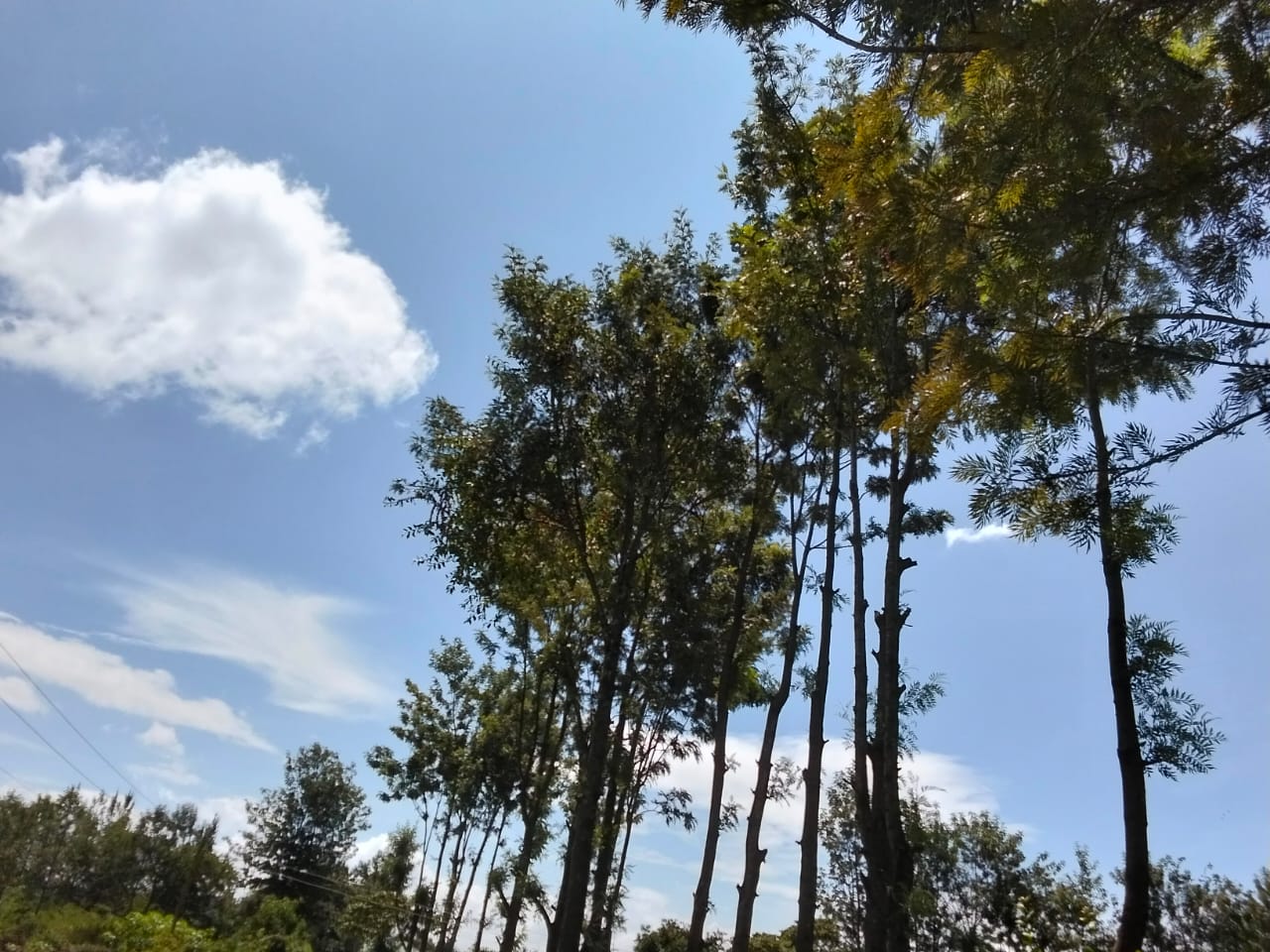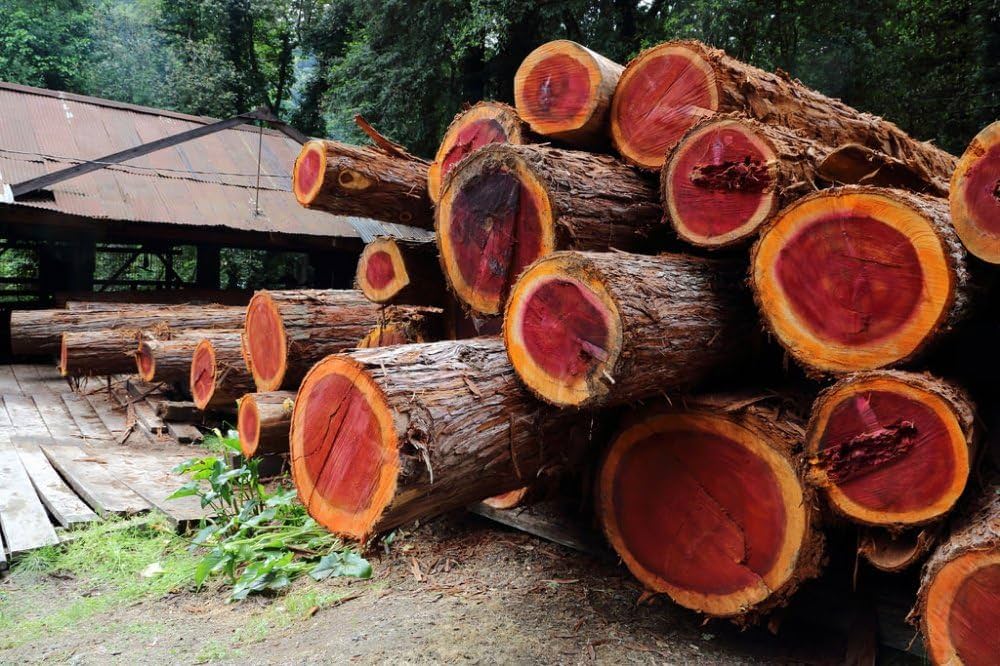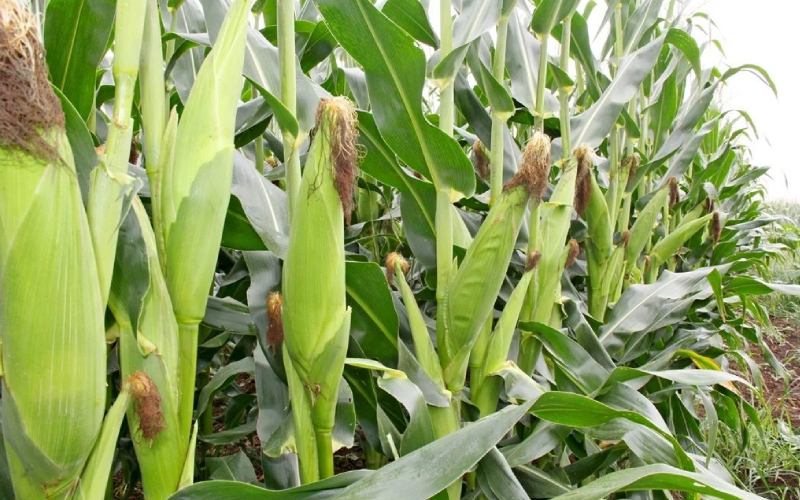- When old forests are destroyed, more carbon is released into the atmosphere, which younger trees cannot store as efficiently as the older ones.
Trees are flowers. The sight of trees often brightens the landscape and makes everything look beautiful. However, in the context of their role as carbon captures, trees should not be planted solely for aesthetic reasons.
Trees capture carbon through photosynthesis, a process that converts carbon into sugars stored in wood, leaves, and roots. They absorb carbon from the atmosphere through the stomata on their leaves. Scientifically, old-growth forests have a greater capacity for carbon storage compared to younger forests.
That being said, destroying forests under the pretense that they can be replanted is detrimental to the climate. When old forests are destroyed, more carbon is released into the atmosphere, which younger trees cannot store as efficiently as the older ones.
This brings me back to the notion that many people plant trees primarily for beauty. As illustrated in the image above, some trees have been pruned to resemble flowers. This management approach may reduce their carbon storage potential.
Pruning decreases the overall leaf area of the tree. I am not suggesting that pruning is bad; in fact, it is a healthy practice that promotes stronger growth, disease resistance, and improved structure by removing dead, diseased, or damaged branches and enhancing air circulation.
Read More
However, in the context of climate change, severe pruning can stress the tree, making it more vulnerable to environmental changes and reducing its capacity for carbon sequestration. Similarly, in urban areas, trees are often planted for their aesthetic benefits, air quality improvement, and temperature regulation, with carbon sequestration being a secondary benefit.







